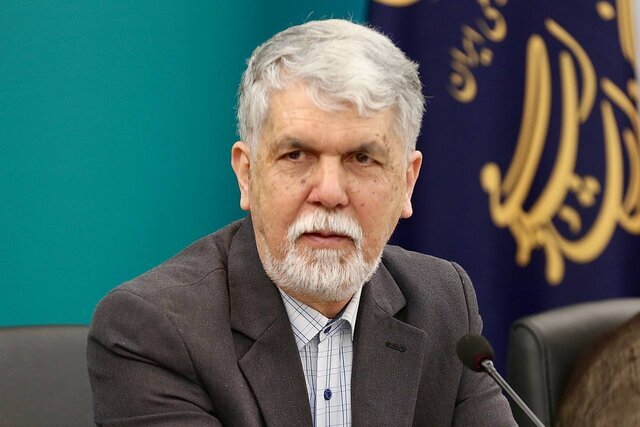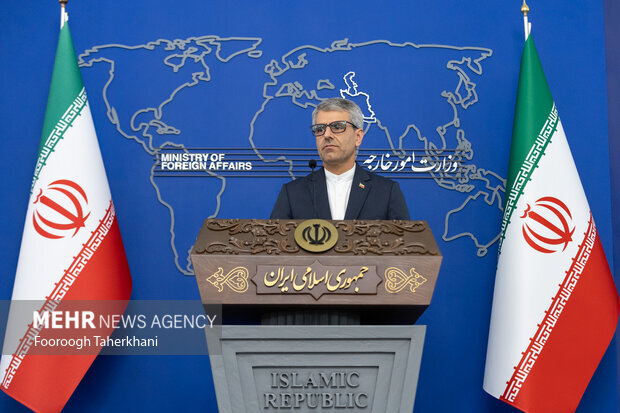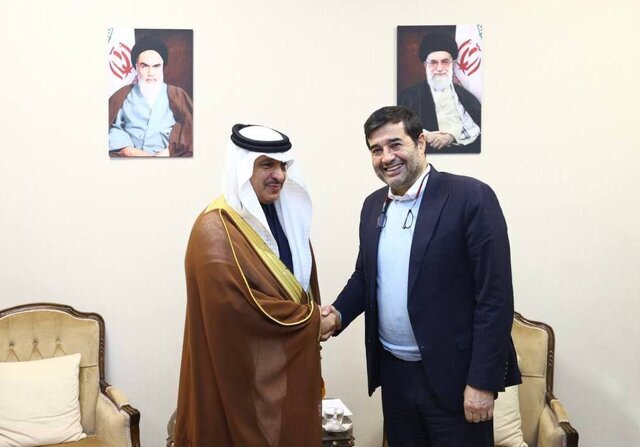Op. Eagle Claw: Unraveling the Historic US Army Failure in Iran’s Tabas Operation
On this day in history, a significant covert operation, known as Operation Eagle Claw, was executed by the US military under the directive of then-President Jimmy Carter. This operation, aimed at rescuing hostages from Iran, ultimately failed due to severe sandstorms in the Tabas desert, located in what is today known as South Khorasan Province.
The mission was designed to liberate 52 American staff members who were held hostage at the US Embassy in Tehran following its takeover by revolutionary students after the 1979 Islamic Revolution. This event marked a pivotal moment in US-Iran relations.
Background of Operation Eagle Claw
In early April 1980, the diplomatic landscape between the United States and Iran had drastically changed. Following the US Embassy takeover, which was endorsed by the Islamic Revolution’s leader, Imam Khomeini, Washington severed diplomatic ties with Iran. The students involved in the takeover were infuriated by President Carter’s decision to allow the deposed Shah of Iran to enter the United States for medical treatment. They demanded his return to face justice for his actions against the Iranian people.
Planning the Rescue Mission
During this tumultuous period, American military planners devised a strategy for a potential rescue operation. This involved extensive training exercises to assess the troops and equipment necessary for the mission. On April 16, 1980, President Carter officially approved the military operation.
Operation Details
The operation involved coordination among all four branches of the U.S. armed services. Key points of the plan included:
- The operation was set to take place over two days.
- Helicopters and C-130 aircraft were to meet at a location in the Iranian desert known as Desert One, approximately 200 miles southeast of Tehran.
- Helicopters would refuel from C-130s and transport troops to a mountain area to launch the rescue mission.
On April 19, forces were deployed throughout Oman and the Arabian Sea in preparation for the operation.
The Launch of Operation Eagle Claw
On April 24, 1980, Operation Eagle Claw commenced as eight United States Navy RH-53D Sea Stallion helicopters departed from the USS Nimitz, an American aircraft carrier in the Arabian Sea. The helicopters embarked on a challenging 600-mile journey to meet six C-130 transport aircraft in the Iranian desert.
Challenges Encountered
As the aircraft approached their destination, they encountered a haboob, a powerful wind-driven sandstorm typical of desert environments. This severe weather caused:
- Extreme visibility issues.
- Damage to the aircraft.
- Illness among the crew members.
Upon receiving reports of the situation, President Carter and his staff made the difficult decision to abort the mission.
Casualties and Consequences
The aborted operation resulted in tragic consequences. Reports confirmed that up to eight U.S. commandos lost their lives during the incident. As the forces were preparing to leave, a RH-53D helicopter crashed into a C-130 that was carrying extra fuel for the mission. This collision sparked a fire that claimed the lives of:
- 5 Airmen
- 3 Marines
Many analysts believe that the failure of Operation Eagle Claw had a significant impact on President Carter’s defeat in the 1980 presidential election.
Aftermath and Significance
Imam Khomeini famously referred to the sandstorm as a divine intervention, stating that it served as punishment for the aggressors. He asserted that Carter’s decision to invade Iran was not only an act of military aggression but also a desperate attempt to secure his re-election.
In the years following the failed rescue operation, Iran has significantly enhanced its defense capabilities, now equipped to withstand various threats. The legacy of Operation Eagle Claw continues to influence US-Iran relations to this day.
As we reflect on this event from 45 years ago, it serves as a reminder of the complexities involved in international relations and military interventions.
For more historical insights and updates, stay tuned to our news section.






